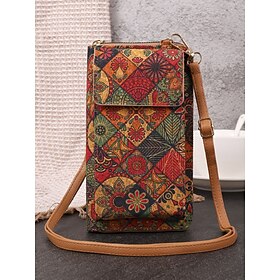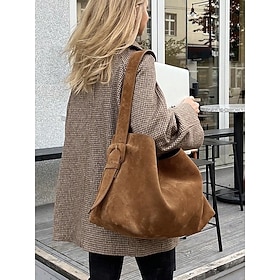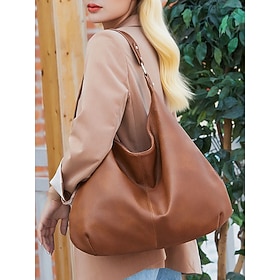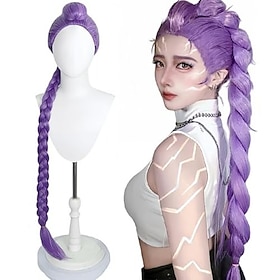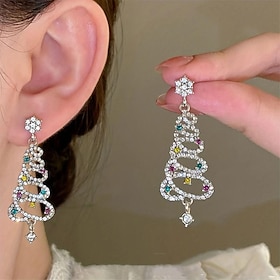A brief overview
For quite some time, fashion has utilized collaborations as a roadway for brands to reach new audiences, merge aesthetics, and probably develop something very original to them. The new Gap x LoveShackFancy is getting lots of attention from the larger media, in part because of the combination of Gap’s everyday basic’s style with LoveShackFancy’s romantic bohemian influences. The result was a limited collection that has a nostalgic yet yet feels new, and resonated with Gen Z and millennial audiences.
View this post on Instagram
While the Gap x LoveShackFancy is unique, it isn’t the only one being reported on in 2025, according to a recent article by The Guardian. Locally, athleisure is still a driver of consumer interest in California, likely in part due to the continued global focus on all things wellness and active lifestyles.
Similarly, given the upcoming World Cup, soccer kits are also transcending sportswear, becoming high-energy fashion items, again allowing for the merging of sports and fashion. Each of these instances is a fun reminder that fashion usually resembles whatever is exciting in the world.
Fashion has never been so localized, and over time, evolved unique local perspectives. If Lagos is any indication of the future of fashion, it is changing thanks to local young voices (and creatives) redefining streetwear.
Kids in Lagos want to create expressions with bold statements that are uniquely theirs and not what comes from outside western influences. Already own the attention of global media, and not just limited to fashion platforms (think photographer Stephen Tayo, and his short feature for Teen Vogue where he celebrated Lagos streetwear, and how its fashions now shape the global fashion conversation).
This movement is a testament to regional identity and the emergence of African creativity in the fashion world as an increasing presence in the global narrative.
Fashion as a Vehicle for Cultural Commentary
Ultimately, today fashion is more than purely aesthetic. Fashion is a voice in cultural and political discourse. Brands are seeing the power of their position and using it to advocate for important social issues. Cultural commentary is also alive and well outside of the fashion world. The New York Post reported about Skittles PRIDE packaging, and the mixed reactions it received, showing how (either product, or culturally) brand messaging can prompt cultural, and sometimes heated public conversation, much like the way innovative collaborations can reshape audience expectations, as seen in new expressions of outdoor luxury.
Fashion in the Digital Realm and Digital Collaborations
The virtual realm is rapidly becoming the next frontier for fashion. Brands are experimenting with digital collaborations, and starting to enter into platforms (such as Roblox or Fortnite) with digital fashion shows, or products that have exclusive virtual outfit items. These virtual experiences appeal to younger audiences, and represent a different way for people to live in style. With the expanding market for NFTs and metaverse commerce, the lines between physical and digital wardrobes are starting to blur, initiating the next chapter of creativity and access.
Collaboration as the Spotlight to Lead the Way
There is no longer an option to be sustainable; it is a requirement. Many of the most recent collaborations have raised awareness and focused on mindful design, where brands have created partnerships to feature upcycled materials, ethical manufacturing habits, or carbon-neutral endeavors. The nature of these collaborations are not based on check boxes, but more reflective of the movement in consumer expectations. By collaborating, brands can share innovation and influence, and generate new pathways to identify what responsible and modern fashion looks like.
Collaborations that Bring Cultures Together
Some of the most exciting collaborations have occurred by joining cultures together. Designers and brands from varying backgrounds and cultures are uniting their forces to create collections that celebrate their cultural ancestry while also introducing a fresh perspective. These unique, cross-cultural collaborations are changing the landscape of fashion, challenging stigma and acceptance. From traditions of embroidery passed down through generations to celebratory adaptations of traditional styles, material culture can be one of the most effective modes of communicating and establishing relationships.
Fashion as a Mirror for Cultural Identity
Fashion at its core is a reflection of who we are collectively. Whether they are attention-grabbing collaborations like Gap x LoveShackFancy, or the new vibrant interpretations of styles from Lagos, or the fever of World Cup, or the prominence of LGBTQ+ voices, or camouflaged wardrobes or sustainability values, the fashion world presents an aesthetic that shows that our culture is evolving, capturing our shifting values, empowering unheard voices, and shaping our cultural zeitgeist island by island.










